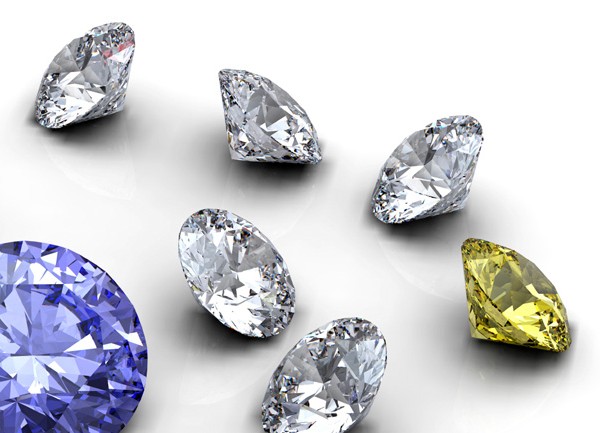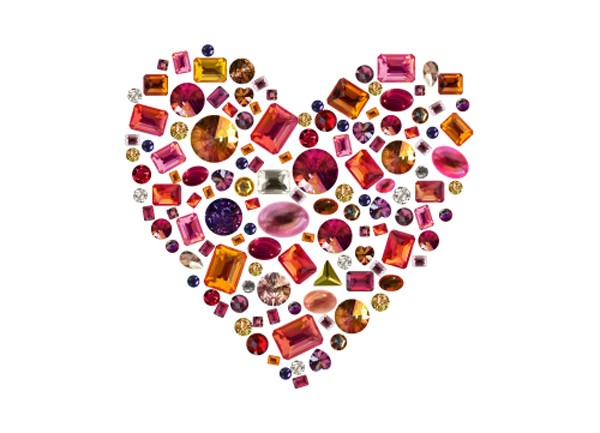Chatham Diamond Or The CZ Diamonds

CZ stands for Cubic Zirconia and it is rarest mineral available in nature. This mineral is widely used in manufacturing the Chatham Diamond all over the world. Cubic Zirconia is a type of mineral that is known as Zirconium Oxide and the chemical formula is ZrO2. Even though they are rare and have scarcity, the Chatham diamonds are cheap when compared to various other minerals. This article provides the reader with characteristics, advantages and the technical parameters of the CZ Diamond. The main characteristics, advantages and technical parameters of Zirconium Oxide, which is used in manufacturing Chatham Diamond, are as follows: Characteristics: • This synthesized compound is very hard in nature. • They don’t have any definite color, there for it is colorless. • Essentially a Cubic Zirconia is a fine material and it is flawless • Even though cubic zirconia is a colorless material it can be formed into various colors. • Zirconium Oxide and the Zircon are different materials and are not be related to each other as the chemical formula for zircon is ZrSiO4 and it is Zirconium silicate. Advantages: • This cubic zirconium is very cheap compared to other various types of minerals. • It is durable in nature and can be preserved for longer durations. • It looks similar to a diamond and is used widely in manufacturing Chatham Diamonds. • When compared to moissanite, cubic zirconia is more economical to manufacture CZ Diamonds. • Cubic Zirconium is a type of gem that is frequently used in manufacturing CZ Diamond. • The other synthetic gemstone that is used in manufacturing CZ Diamond or the Chatham Diamond is moissanite. • Cubic Zirconia is a diamond simulant and widely used in Chatham Diamonds where as moissanite is a cultivated material. Technical parameters and aspects Cubic Zirconia or the CZ Diamond is crystal isometric. This diamond is an isometric material and plays an important role in manufacturing a diamond simulant. This mineral contains around fifteen percent of mole and used in stabilizing the metal oxides. After synthesizing cubic zirconia it changes in to monoclinic crystals and that is used in CZ Diamonds. These crystals are very stable in normal atmospheric conditions. They are then used in Chatham diamond processing industries. Parameters of cubic zirconia include: • It has a specific gravity of around 5.6 to 6.and at the same time is a dense substance. • When comparing other materials it is relatively hard and that helps in forming CZ diamonds. • The refractive index of this material is 2.15 to 2.18 • Cubic zirconia is brittle in nature. • When an ultra violate ray is passed through the CZ diamond it produces yellow or the greenish yellow light. The cubic zirconia is similar in nature and has characteristics of a real diamond and that is why it is used in processing Chatham Diamonds. If both the materials are kept near to each other; it is very difficult to distinguish between the two materials. Only with help of microscope one can find out which is a real diamond or the CZ Diamond. The major differences between cubic zirconia and the real diamond are dispersion, hardness, specific gravity and the refractive index properties. The minor differences between both these forms are its cutting edges and the flawless...

January – Garnet The Romans named this deep-red stone granatum, or pomegranate, because of its resemblance to the fruit’s rare, jewel-like seeds. Symbolizing faith and courage, garnets are believed to intensify affection and nurture the imagination. February – Amethyst A symbol of peace since ancient times, amethyst was once used to decorate the British crown jewels. Believed to promote tranquility, the stones are revered for their soothing characteristics. March – Aquamarine Named from the Latin words for water and sea, aquamarines were once worn by sailors to protect against seasickness. Today, the translucent blue stone is a symbol of courage and everlasting youth. April – Diamond During the Italian Renaissance, diamonds came to represent divine love from the translation dio (God) and amante (love). Today, diamonds remain the ultimate symbol of everlasting devotion. <pP May – Emerald Due to its rich green hue, the ancients equated emeralds with spring and prized them as symbols of rebirth. The vibrant stones are believed to quicken the intelligence as well as the heart. June – Pearl According to Arabic legend, pearls are formed when dewdrops fill with moonlight and fall into the ocean. The world’s oldest known gem, pearls are believed to promote prosperity and long life. July – Ruby Believed to promote balance in love and all spiritual endeavors, the ruby is not only the world’s rarest gemstone, but also the one many consider to be the most passionate. August – Peridot/Sardonyx Ancient Romans called peridot the “evening emerald”, since its vivid green color does not darken at night. Once believed to drive away evil spirits, the stone is still considered a symbol of good luck. September – Sapphire The ancients believed the earth rested on a giant sapphire, and its reflection colored the sky. Once worn by kings to protect against harm, today sapphires are believed to promote inner peace. October – Opal/Tourmaline Shakespeare onced used opals as his muse, their luminous surfaces mirroring the wonder of the skies, rainbows, fireworks and lightening at once. Today, the stone is a symbol of both intuition and joy. November – Citrine/Yellow Topaz Derived from the French word citron, meaning lemon, citrine is also known as the jewel of the sun. The golden stone has been aptly linked with light-heartedness, happiness and joy. December – Blue Topaz/Turquoise The ancient greeks believed topaz had the power to increase strength and make its wearer invisible. Still considered a powerful stone, today this dazzling gem is also a symbol of rejuvenation and...





